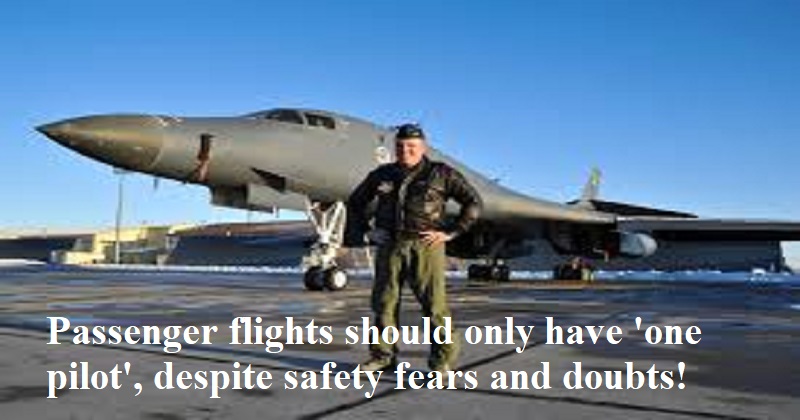
After numerous airlines and regulators backed the idea, the proposal to only have one pilot in the cockpit for passenger flights was met with criticism and skepticism. According to Bloomberg, the decision is anticipated to reduce expenses for airlines while also making life more convenient in light of the crew shortage. The European Union Aviation Safety Agency has also begun discussions with various stakeholders about how automation and artificial intelligence can help an aeroplane be flown by just one pilot.
There are still concerns about how it will impact the safety of the crew and passengers, even though the EASA has stated that it can become a reality by 2027. Over 40 nations, including Germany, the United Kingdom, and New Zealand, have already voiced their concerns and asked the aviation sector to guarantee the plan’s viability.
The pilots of a flight from Khartoum to Addis Abeba reportedly passed out during the flight in August of this year, which caused them to miss their landing window at the Addis Abeba Bole International Airport. Another well-known incident occurred in 2009 with Air France Flight 447, where both pilots encountered technical issues at 35,000 feet and resulted in a terrible accident that killed all 228 passengers.
Additionally, a recent poll found that the majority of pilots employed by Indian airline firms have been experiencing ‘daytime drowsiness,’ which is typically brought on by acute exhaustion. 66% of the 542 pilots who participated in the poll admitted to nodding off during their shift hours. As a result, many individuals find it unsettling to consider having just one pilot operating the aircraft. The EASA, on the other hand, must ensure that the industry is entirely automated as the next step. According to Janet Northcote, chief of communications at EASA, ‘we are possibly removing the final bit of human redundancy off the flight deck’.

Post Your Comments